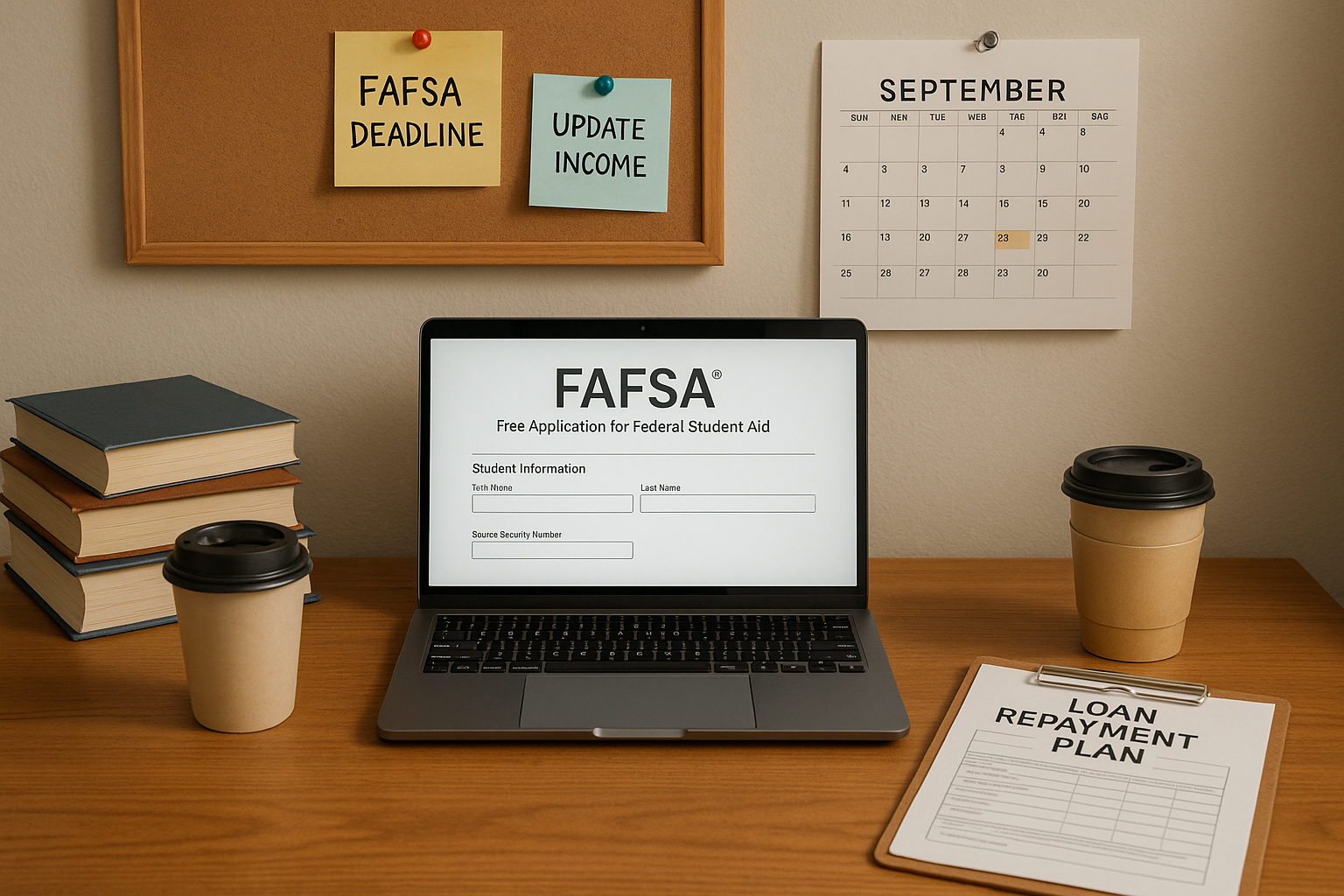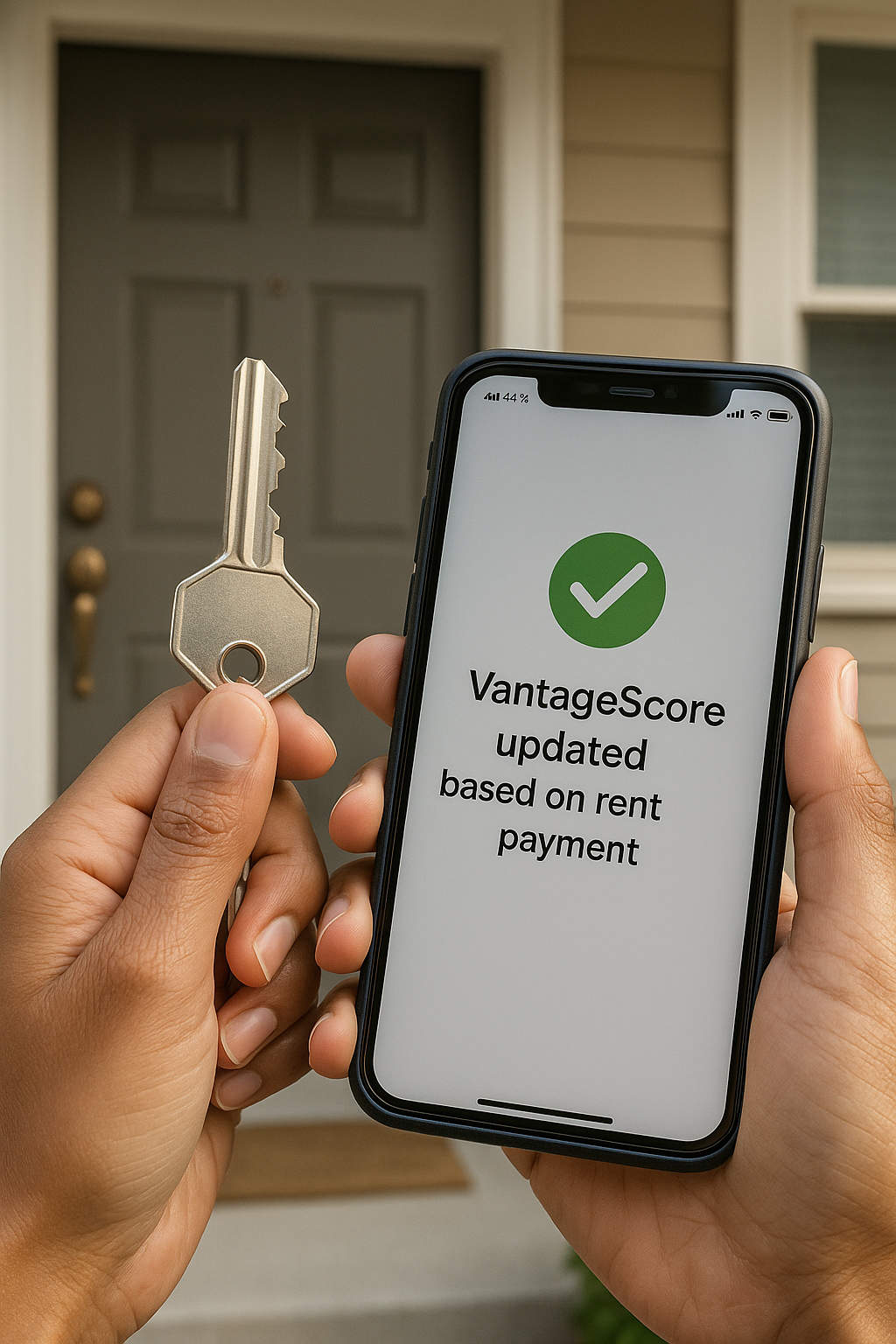
As young Latinos in the U.S., we know that starting a professional life and building a secure future often comes with unique financial challenges. We’re ambitious, we’re hard workers, and many of us are the first in our families to navigate higher education and significant debt. We deserve to turn our educational investment into lasting wealth.
For many of us, student loans were the key to unlocking college degrees. But the reality is that the financial burden can feel heavy. The Latino community, in particular, carries a significant load. Data shows that Latino student borrowers have the second-highest average student loan debt among all racial/ethnic groups, often borrowing more to finance their education than their white peers (National Center for Education Statistics).
The key to overcoming this challenge is strategic planning. Understanding how student loan repayment impacts our credit, our ability to buy a home, and our overall financial security is the first step in taking control.
How Student Debt Shapes Our Financial Trajectory
For nuestra gente, the journey from college graduate to financially stable adult involves managing a few key variables:
1. Credit Score: Your Financial Report Card
Your credit score is essential for nearly every major financial move you’ll make, from renting an apartment to getting a car loan. Student loans are factored into your score in a few ways:
- Payment History is Paramount: Consistently making full payments and on time is the single biggest factor in boosting your credit score. Missing a payment, even once, can cause a significant drop.
- The Debt-to-Income (DTI) Ratio: Lenders look at how much you owe versus how much you earn. A high student loan balance increases your DTI, which can make it harder to qualify for new lines of credit, even if you’ve never missed a payment.
2. The Homeownership Dream
Many Latinos dream of owning a home, it’s a major pathway to building generational wealth. However, student debt can often put a pause on that dream.
- Mortgage Qualification: When you apply for a mortgage, lenders carefully review your student loan payments. If your DTI is too high due to student debt, a lender may only approve you for a smaller mortgage or deny the application entirely.
- Saving for a Down Payment: Large monthly student loan payments reduce the amount of disposable income we have. This directly slows down our ability to save the hefty sum needed for a down payment, often delaying homeownership by several years. In fact, 40% of first-generation college graduates, a group that includes many young Latinos, have put off buying a home due to their student loan debt (Consumer Financial Protection Bureau).
3. Building Long-Term Financial Security
Our goal isn’t just to pay off debt; it’s to build a cushion for the future. Large student loan payments can restrict our ability to achieve this.
- Saving and Investing: Money spent on loan interest is money that can’t be put into emergency savings, retirement funds, or other investments. The faster we can manage the debt, the sooner we can prioritize these wealth-building activities.
Smart Strategies to Conquer Your Loans
We have the power to manage this debt strategically. Here are practical steps we can take to minimize the impact of student loans and accelerate our financial success:
1. Choose Your Repayment Plan Wisely
Federal student loan borrowers have a range of options, and choosing the right one can save thousands and lower your stress.
- Income-Driven Repayment (IDR) Plans: These plans cap your monthly payment based on your income and family size. They can be a lifesaver, especially for those starting their careers with lower salaries. You’ll generally pay more interest over time, but the lower monthly payment can free up cash for savings.
- Standard 10-Year Plan: This plan is designed to pay off your loan in a decade. If your income allows, this is typically the path that minimizes the total interest you pay.
2. Pay Extra When You Can
Every extra dollar we put toward the principal balance reduces the interest we pay over the loan’s life.
- The “Round Up” Method: If your payment is $220, round it up to $250. Those $30 extra each month can cut months off your loan term and significantly reduce the total interest paid.
- Target the Highest Interest Rate: If you have multiple loans, direct any extra payments toward the loan with the highest interest rate first. This is called the “debt avalanche” method and saves the most money.
3. Create a Financial Safety Net
Before aggressively attacking your loans, make sure you have an emergency fund.
- Why It Matters: Having 3 to 6 months’ worth of living expenses saved means that if an unexpected car repair or job loss occurs, you won’t be forced to miss a student loan payment (damaging your credit) or go into further debt.
4. Stay Informed and Updated
Loan providers and government policies can change. It is crucial to monitor your loan status.
- Review Your Statements: Regularly check your balance, payment status, and interest rate.
- Explore Forgiveness/Discharge: If you work in public service or non-profit sectors, you might qualify for Public Service Loan Forgiveness (PSLF). Stay current on eligibility rules.
By approaching student loan repayment with a clear strategy and a calculator’s precision, we can minimize the burden and move closer to achieving our financial goals. We are building the future, familia, and smart financial decisions will ensure that future is bright.
👉 Ask Gabi anything, anytime.
Stay tuned! We got you!






